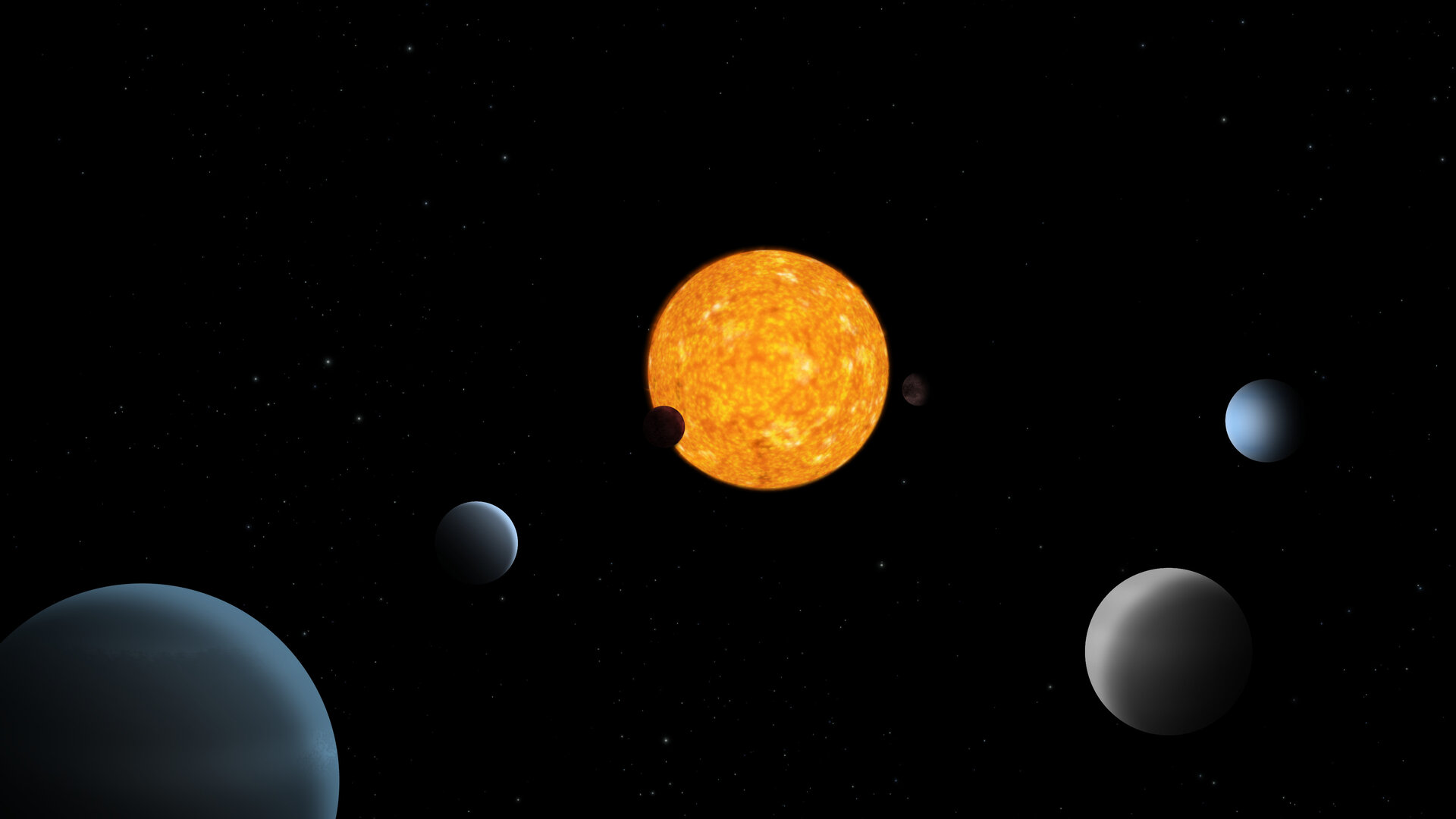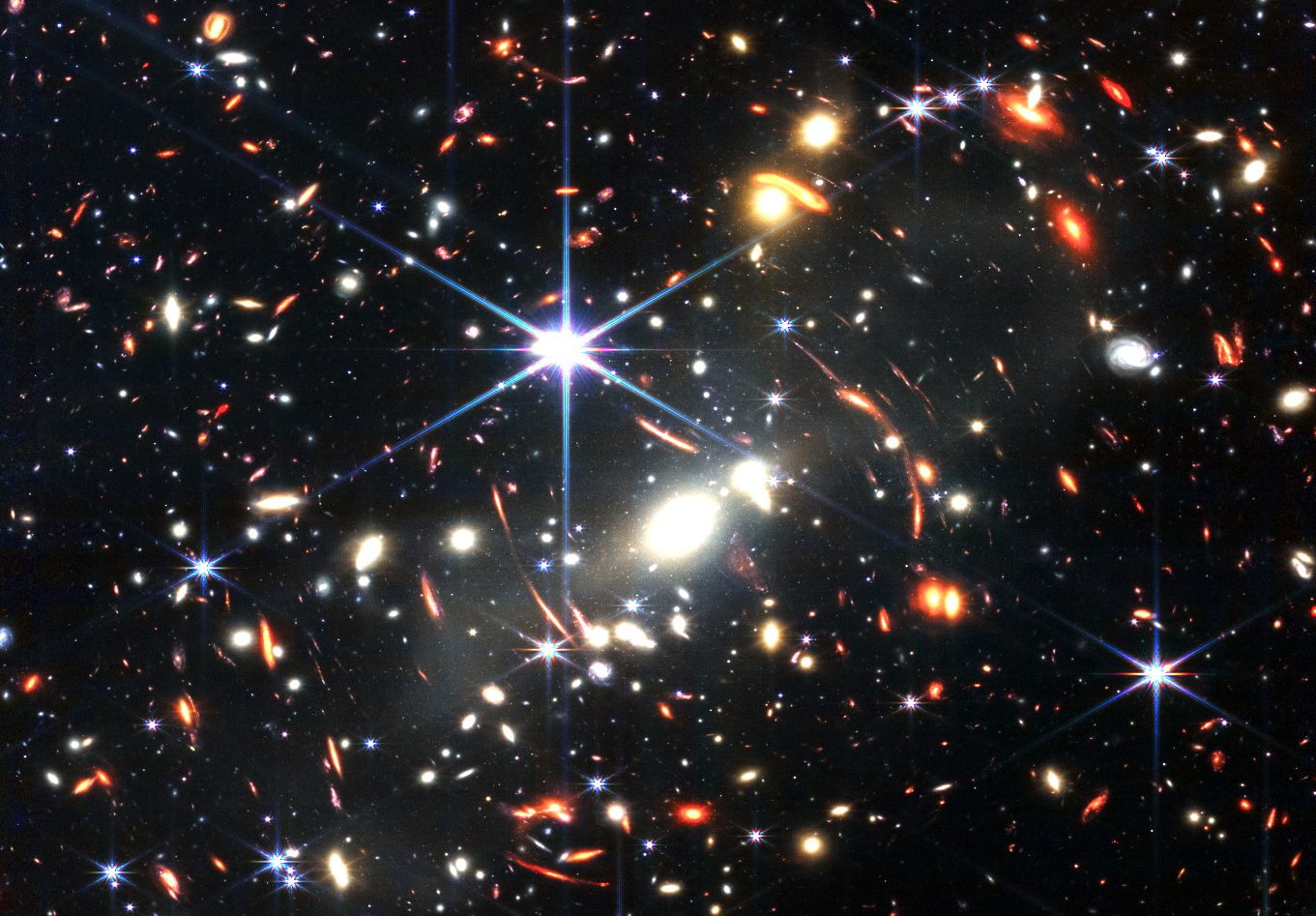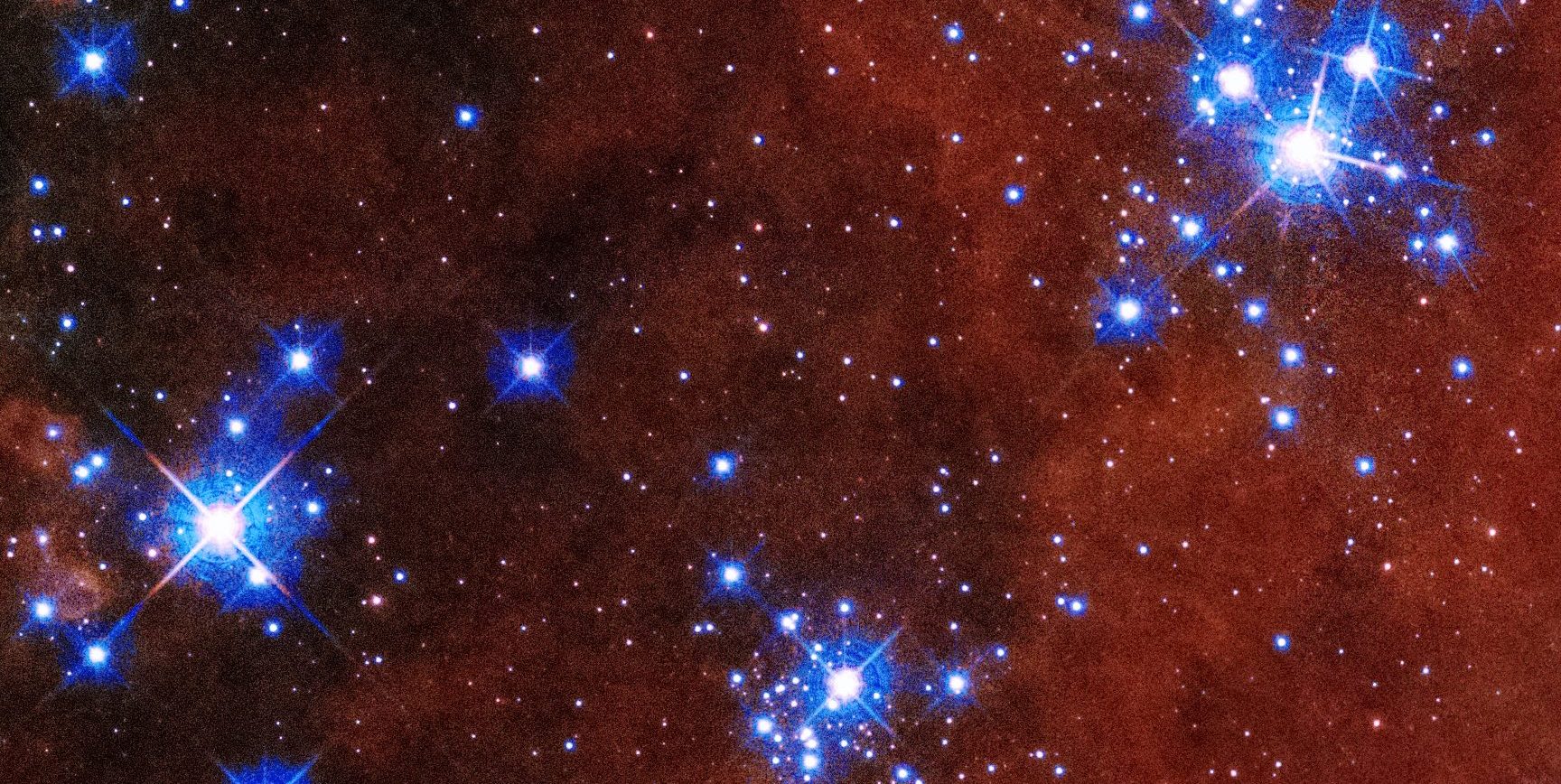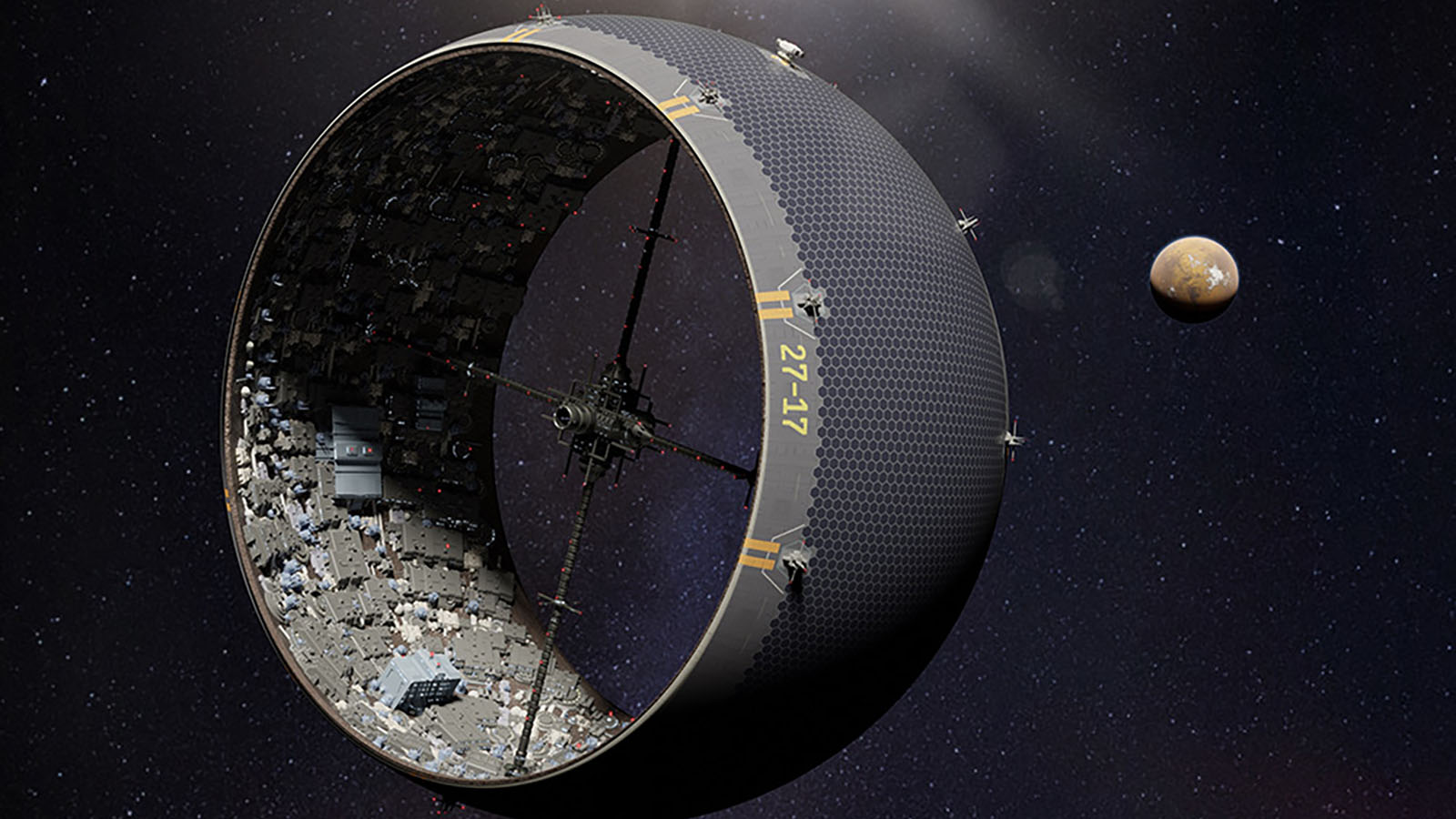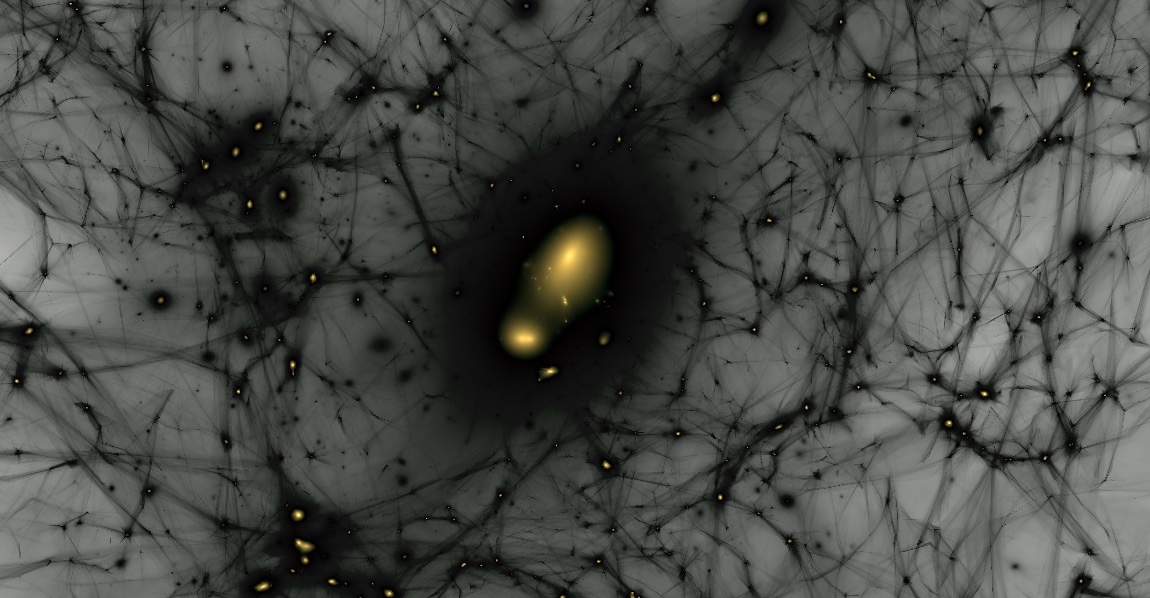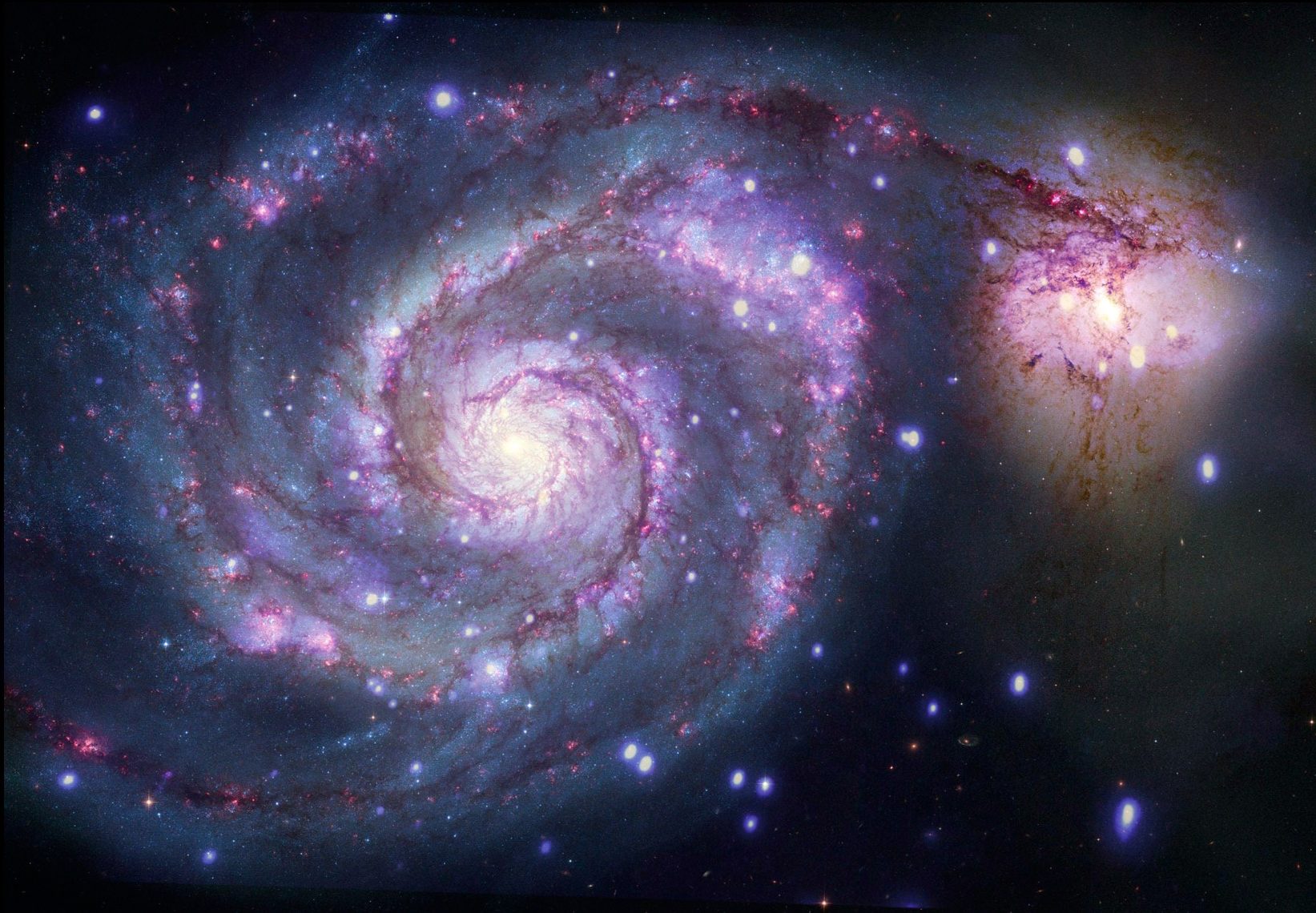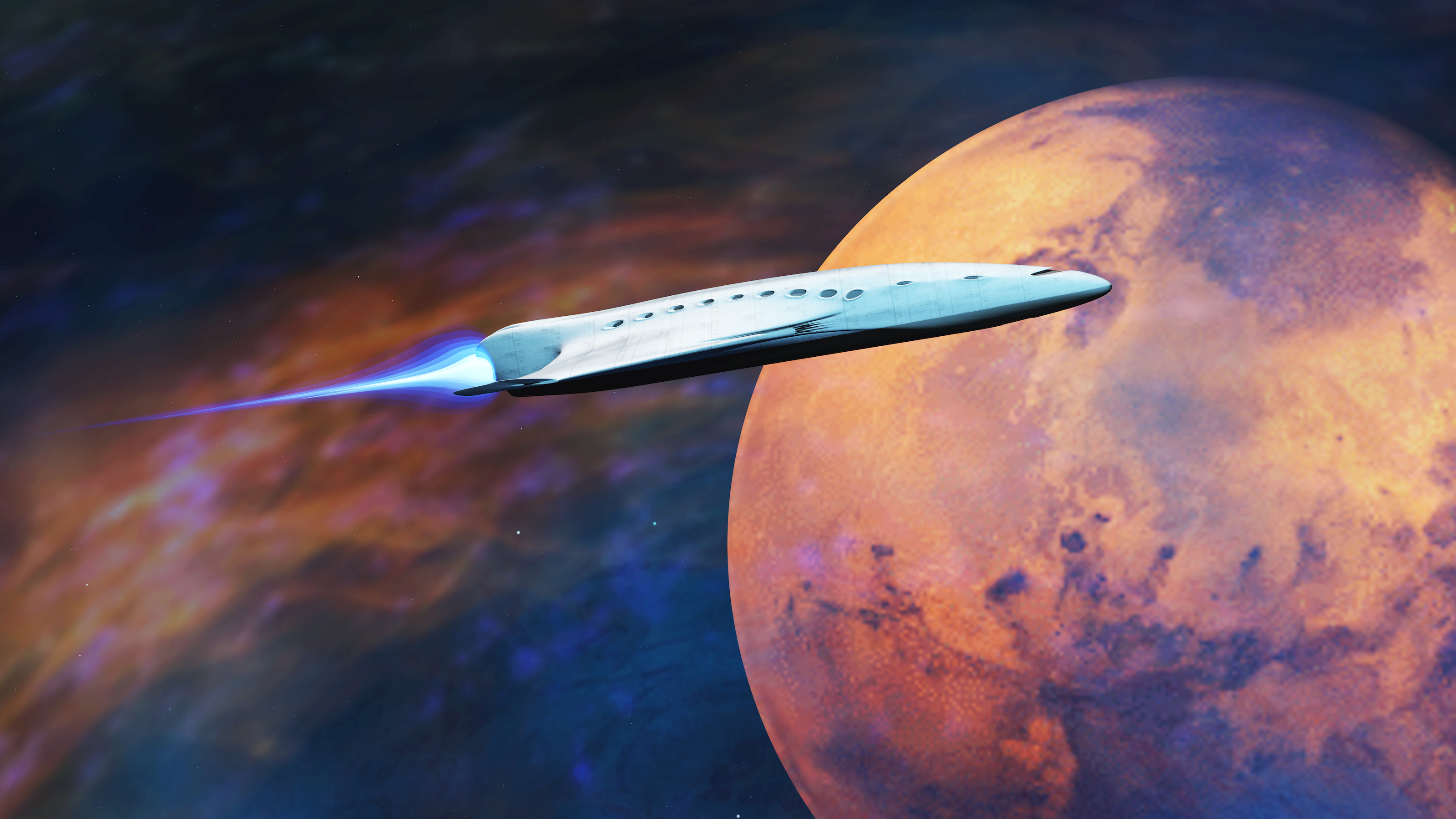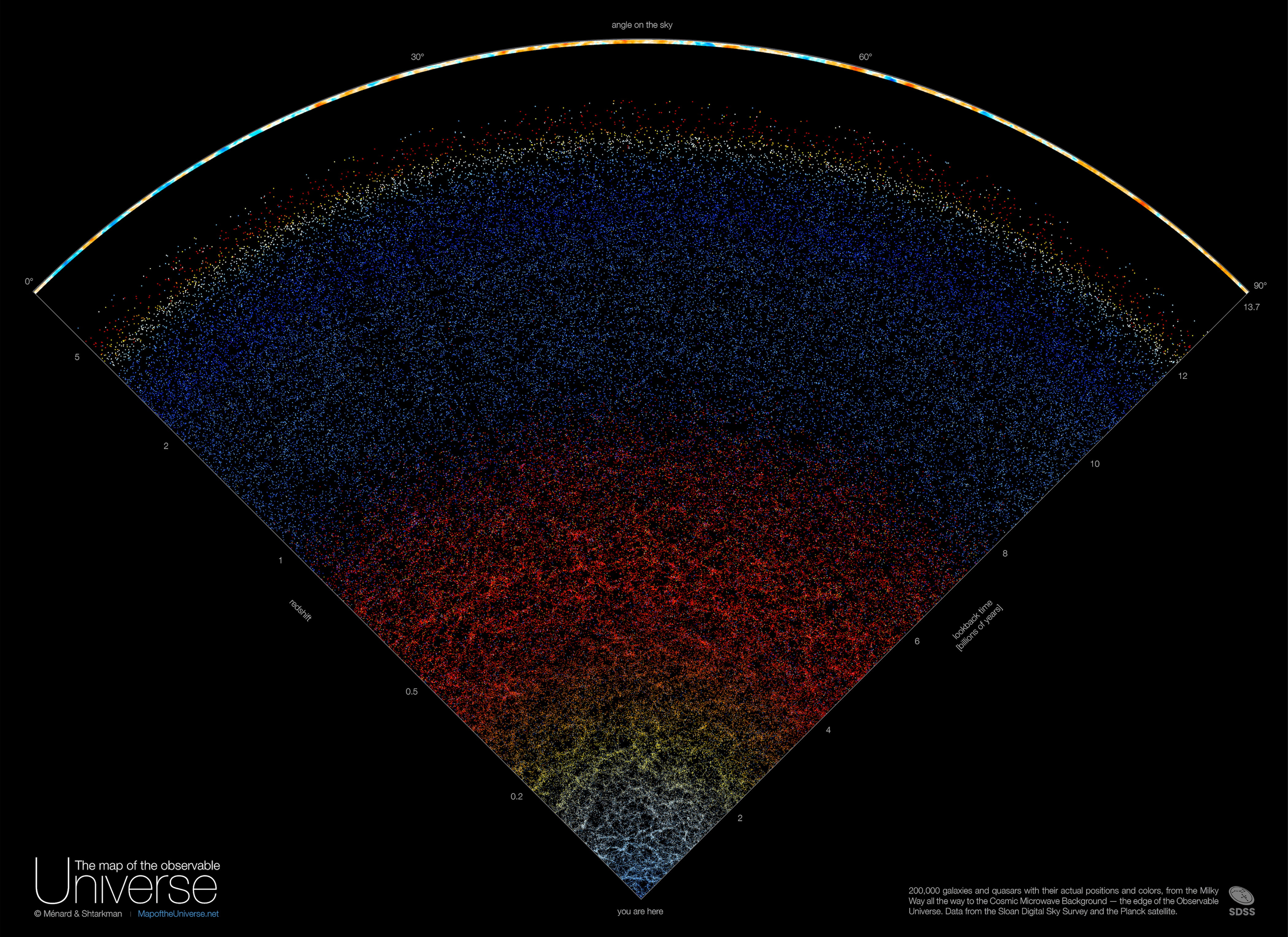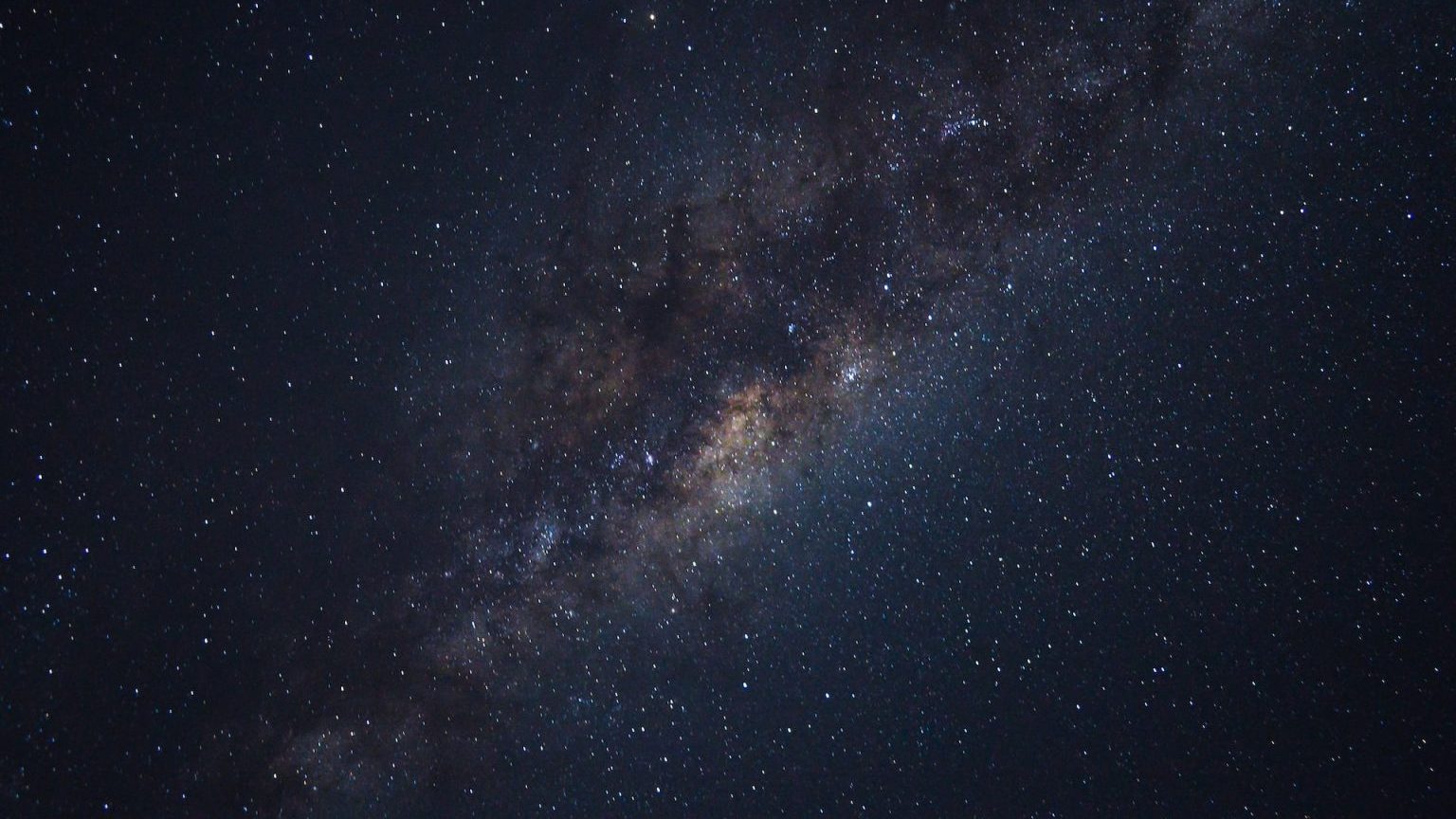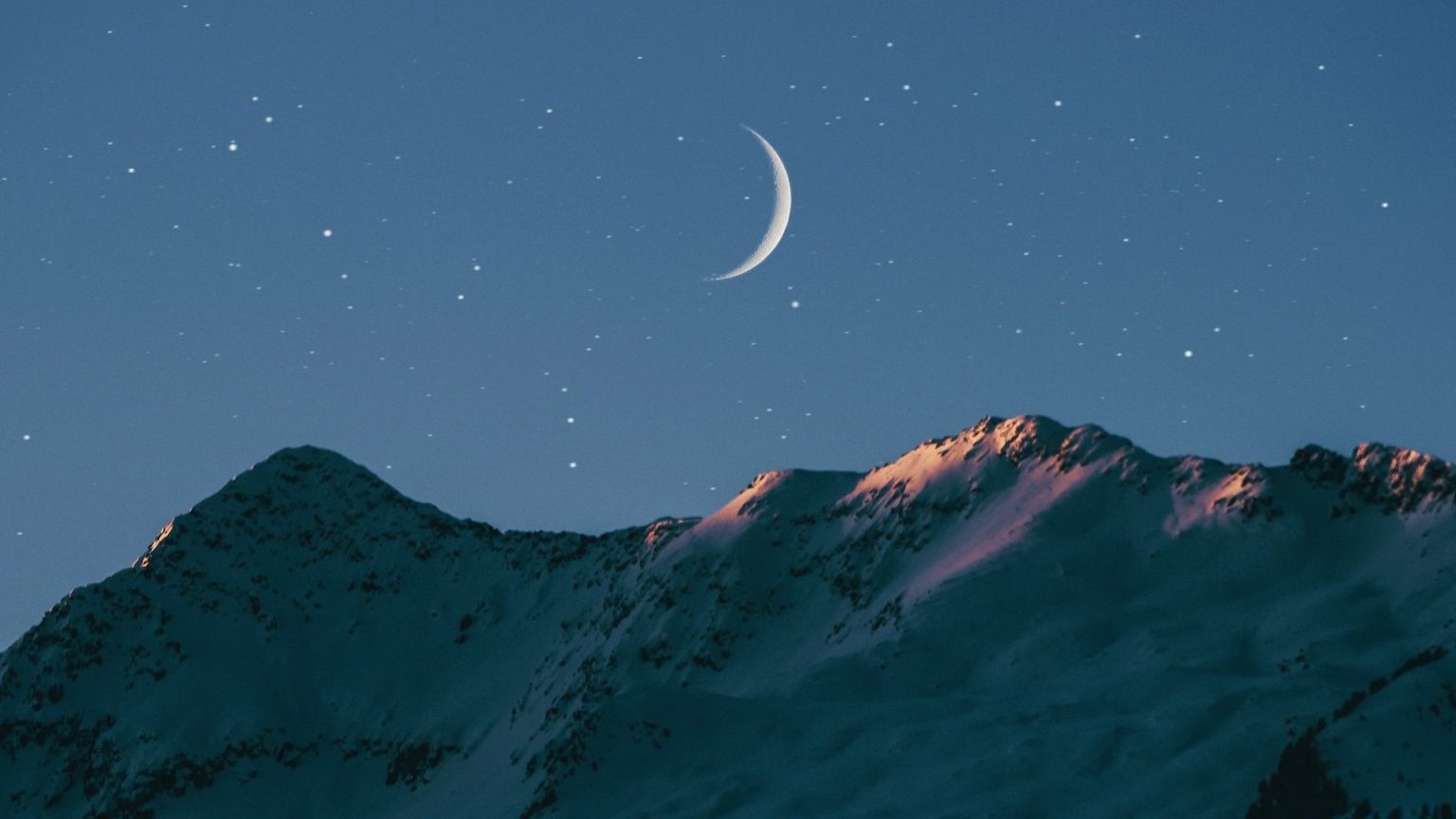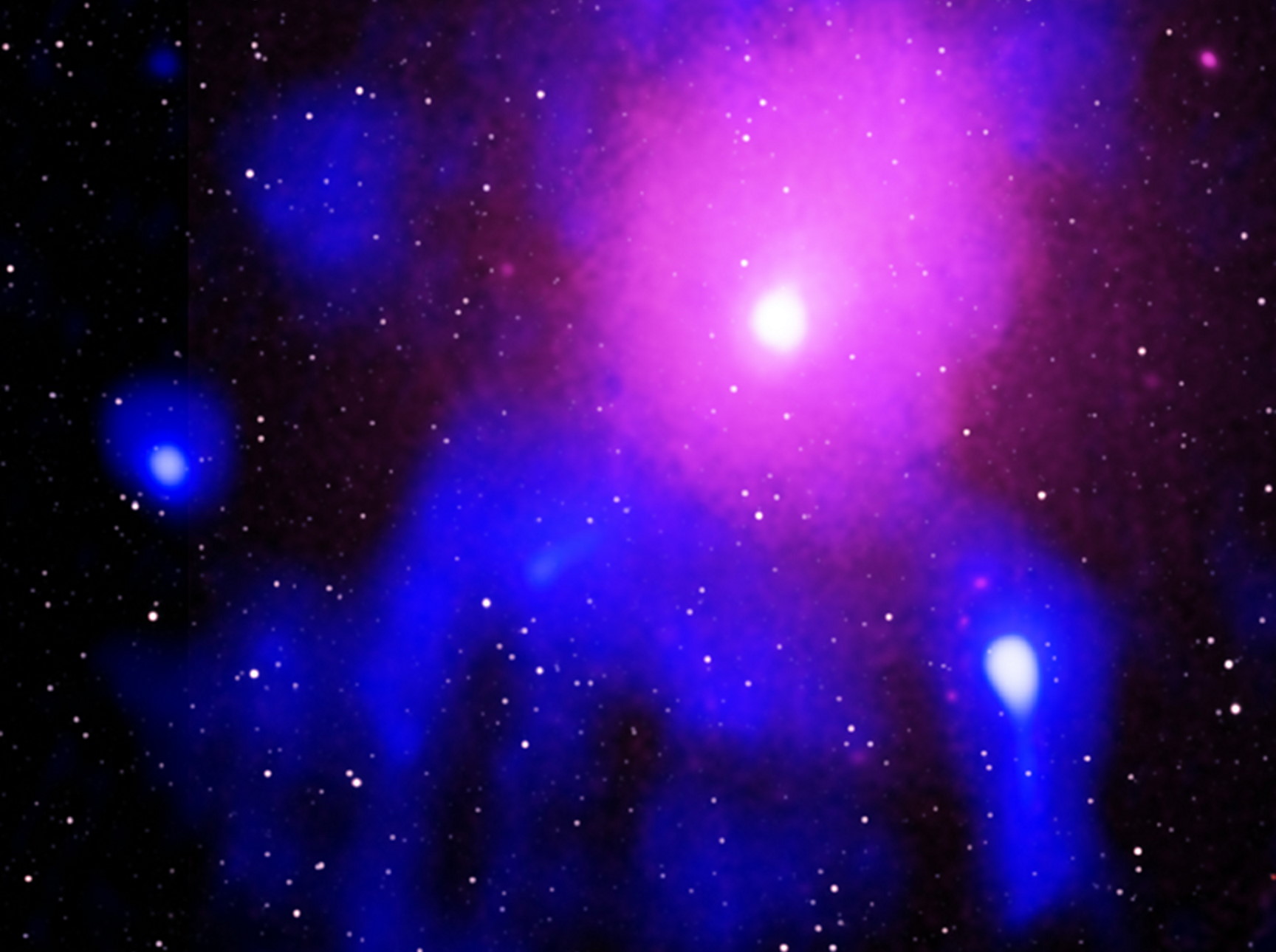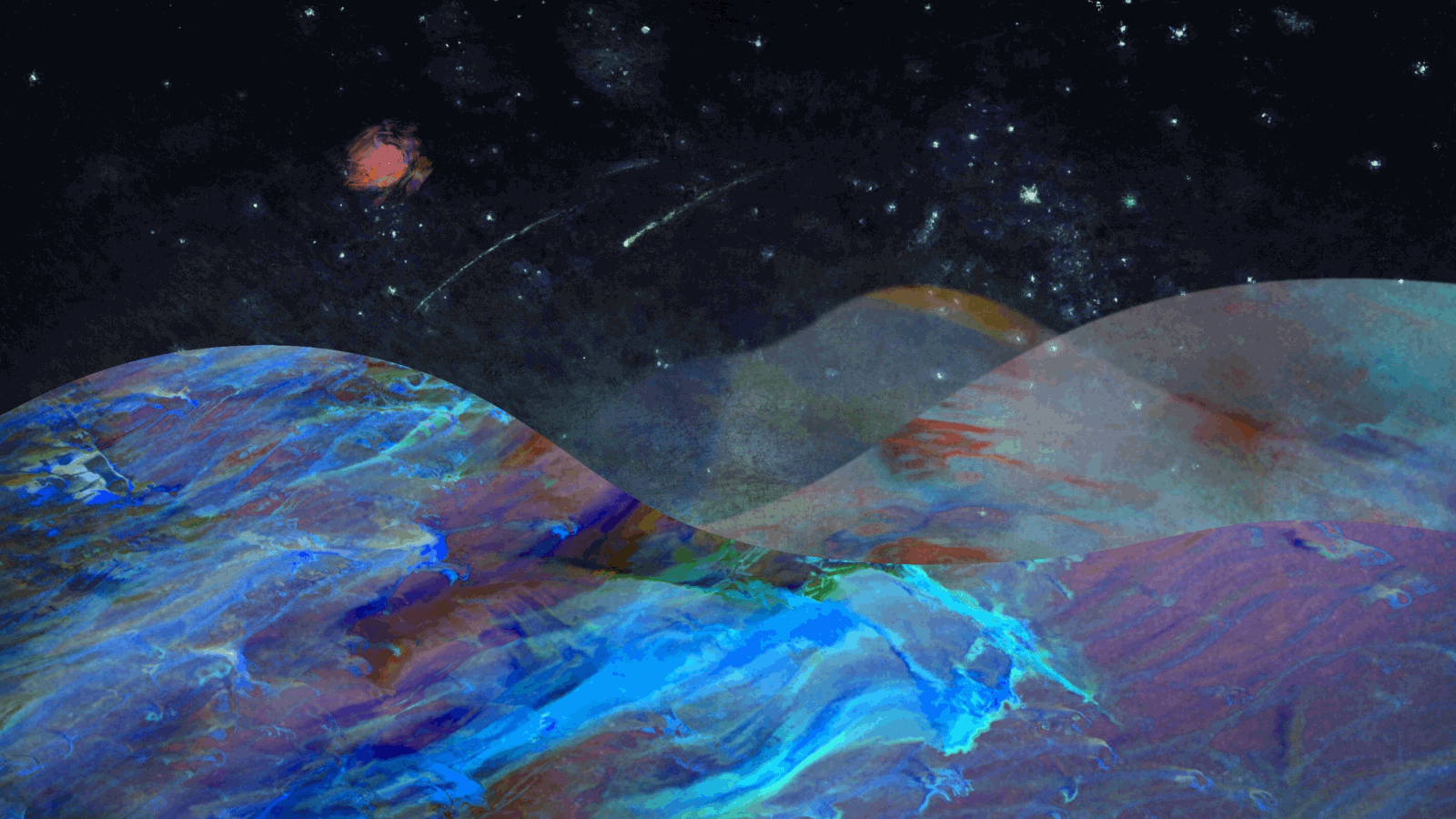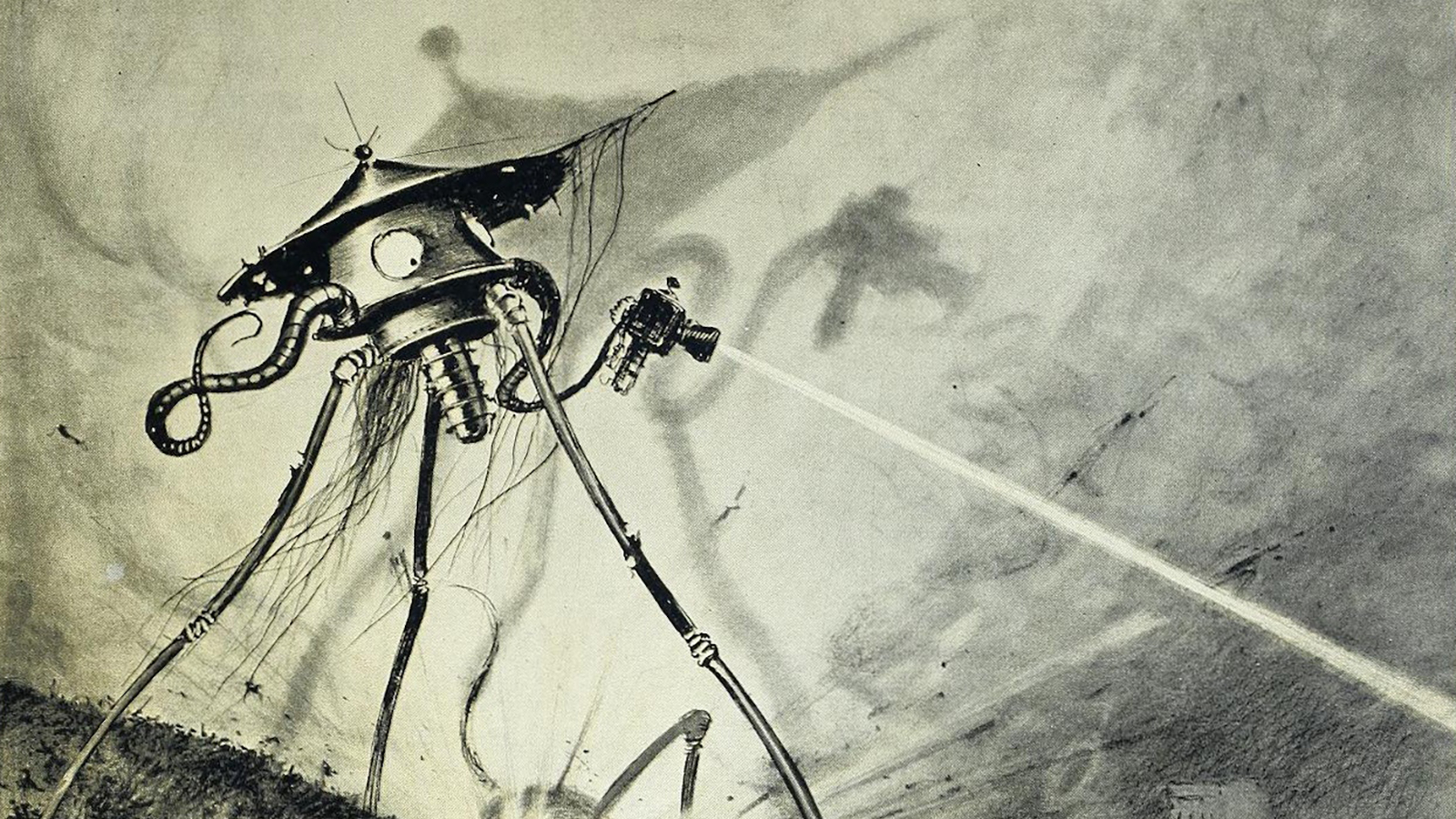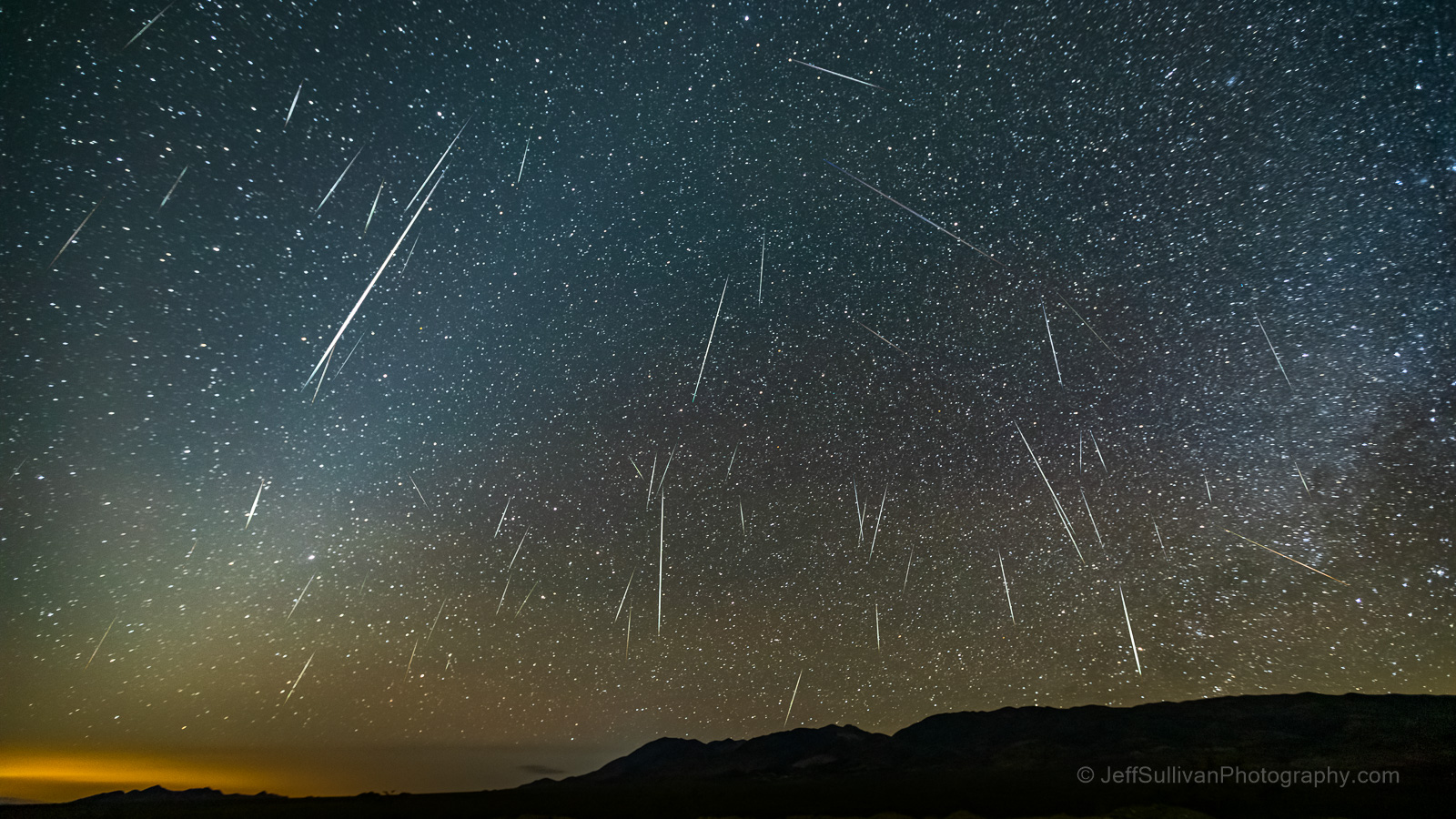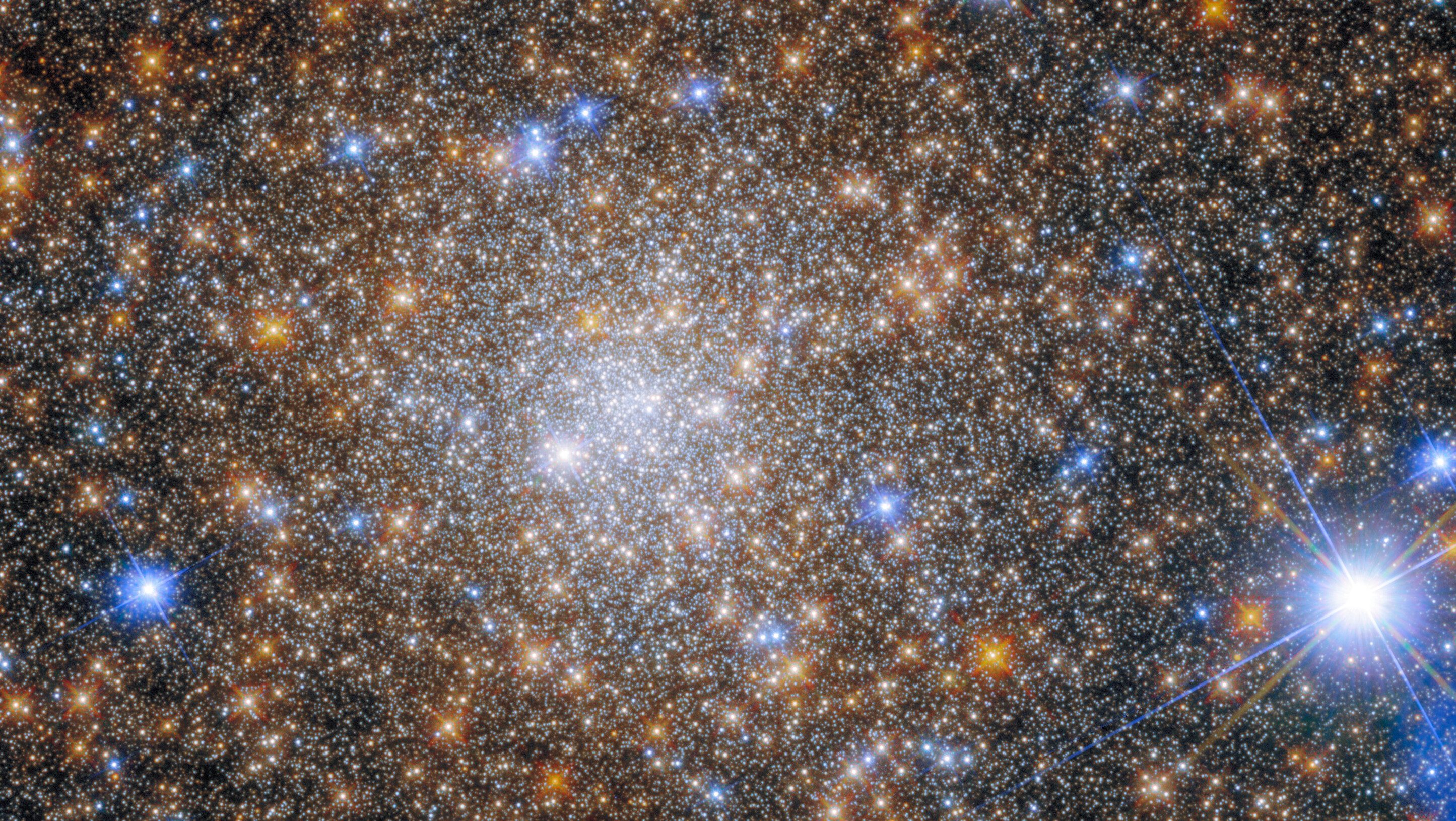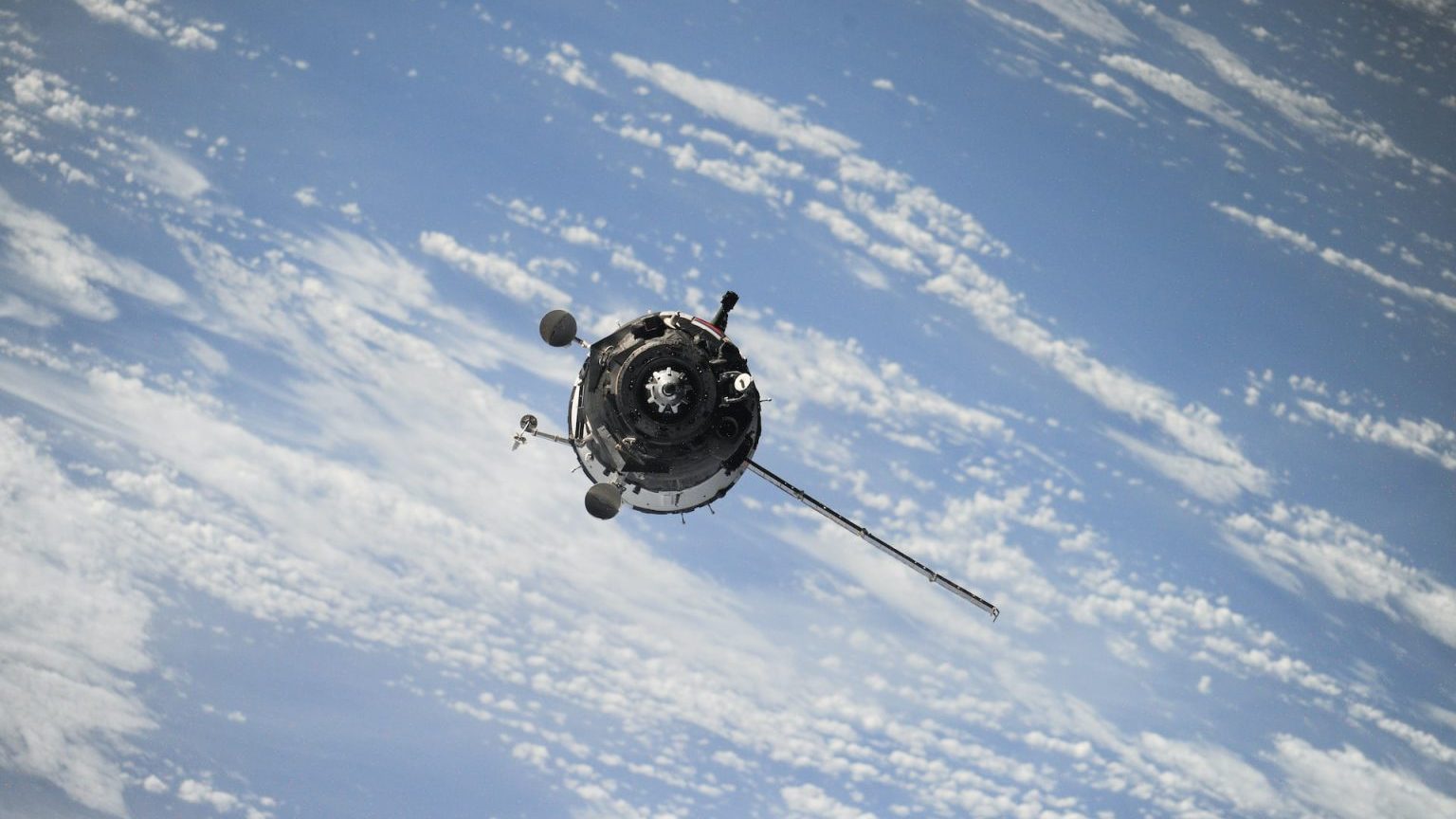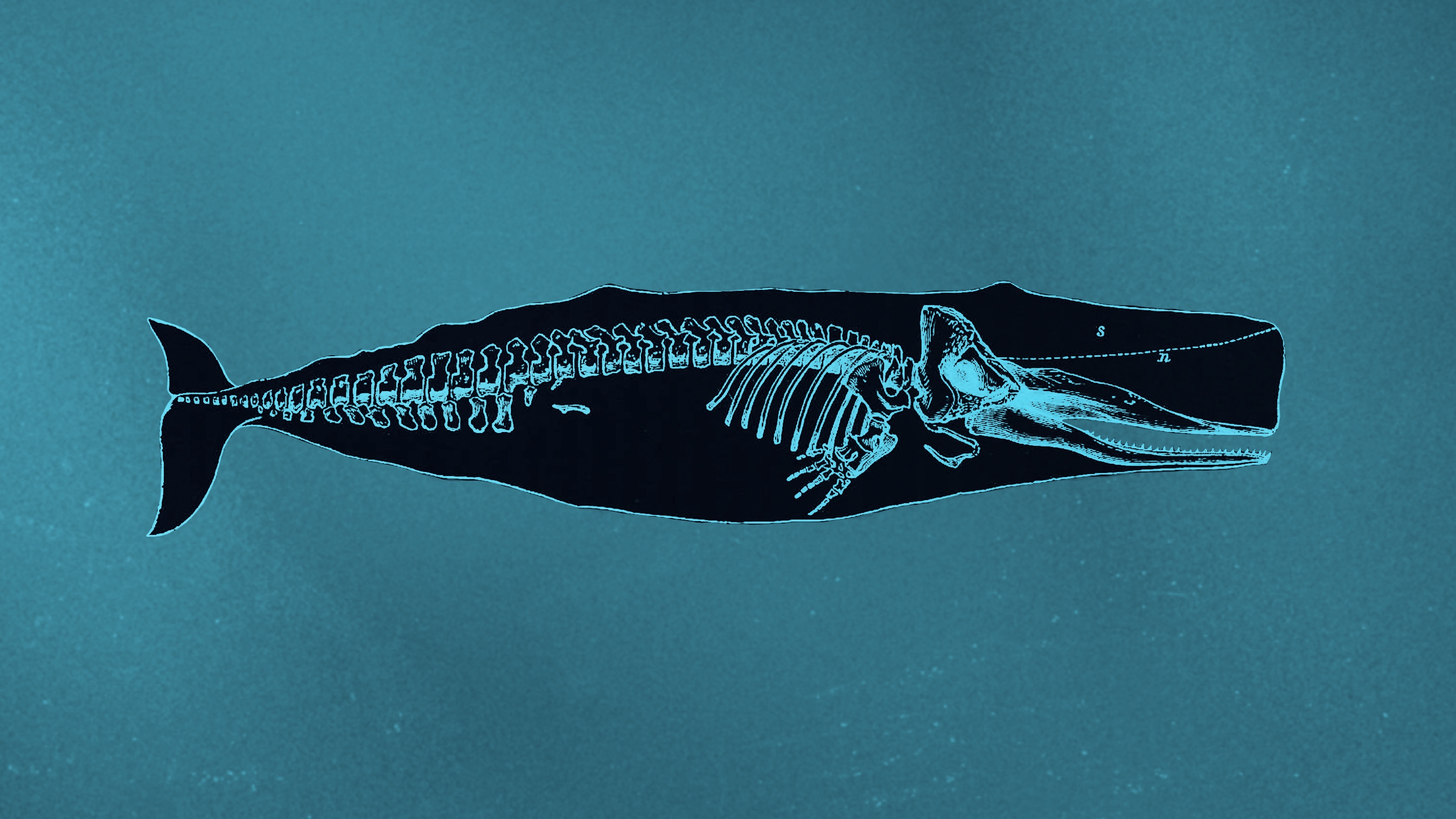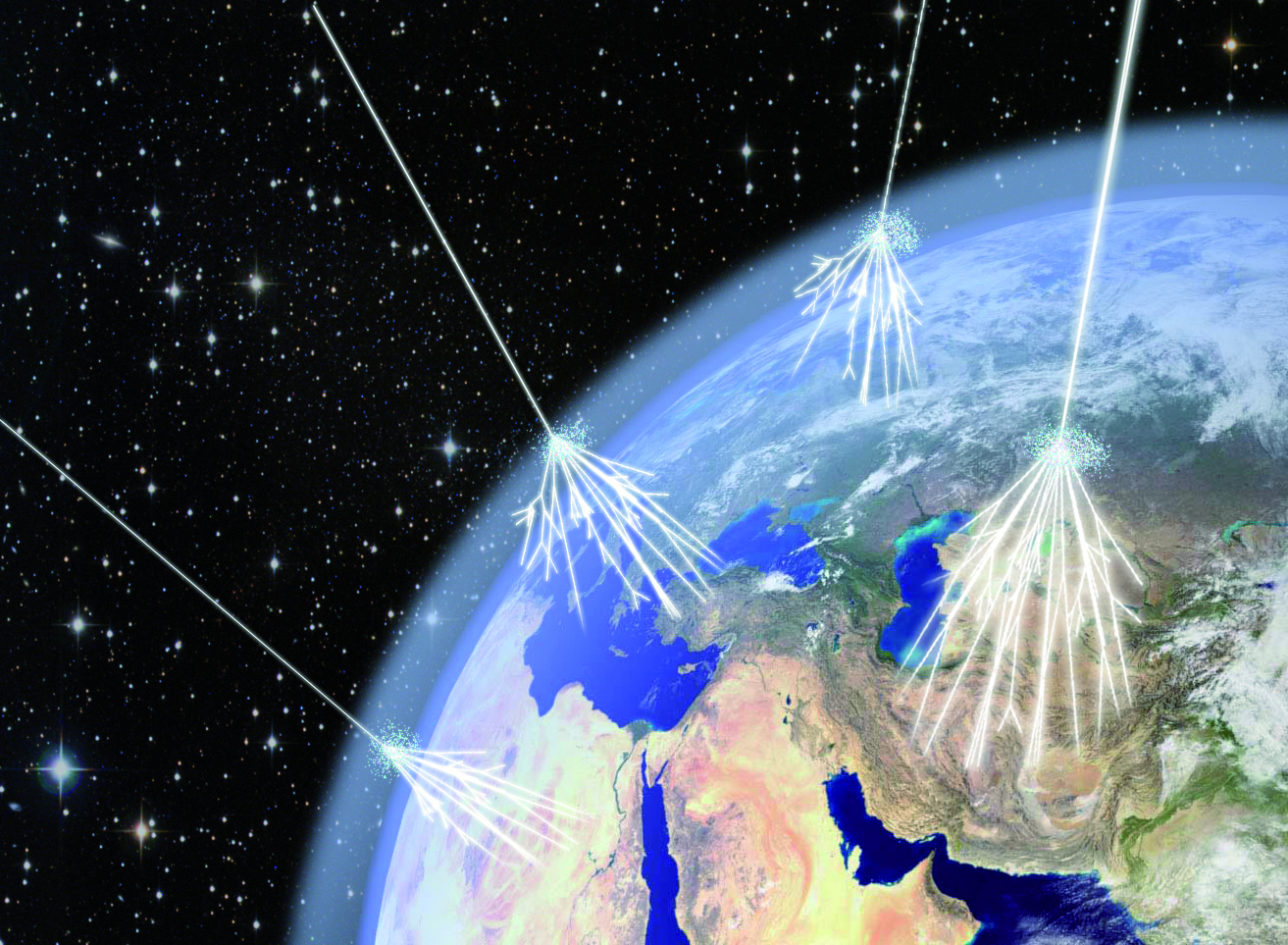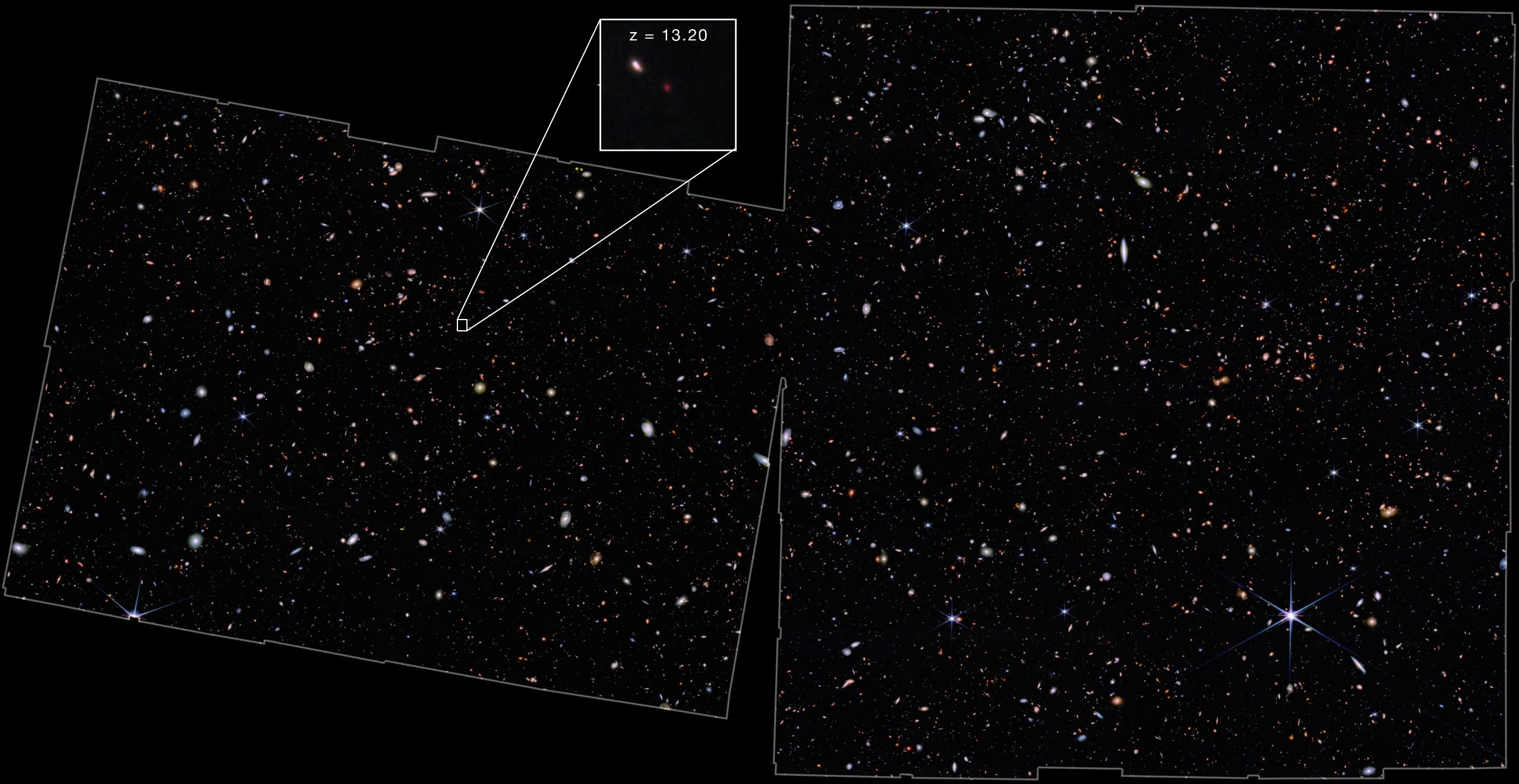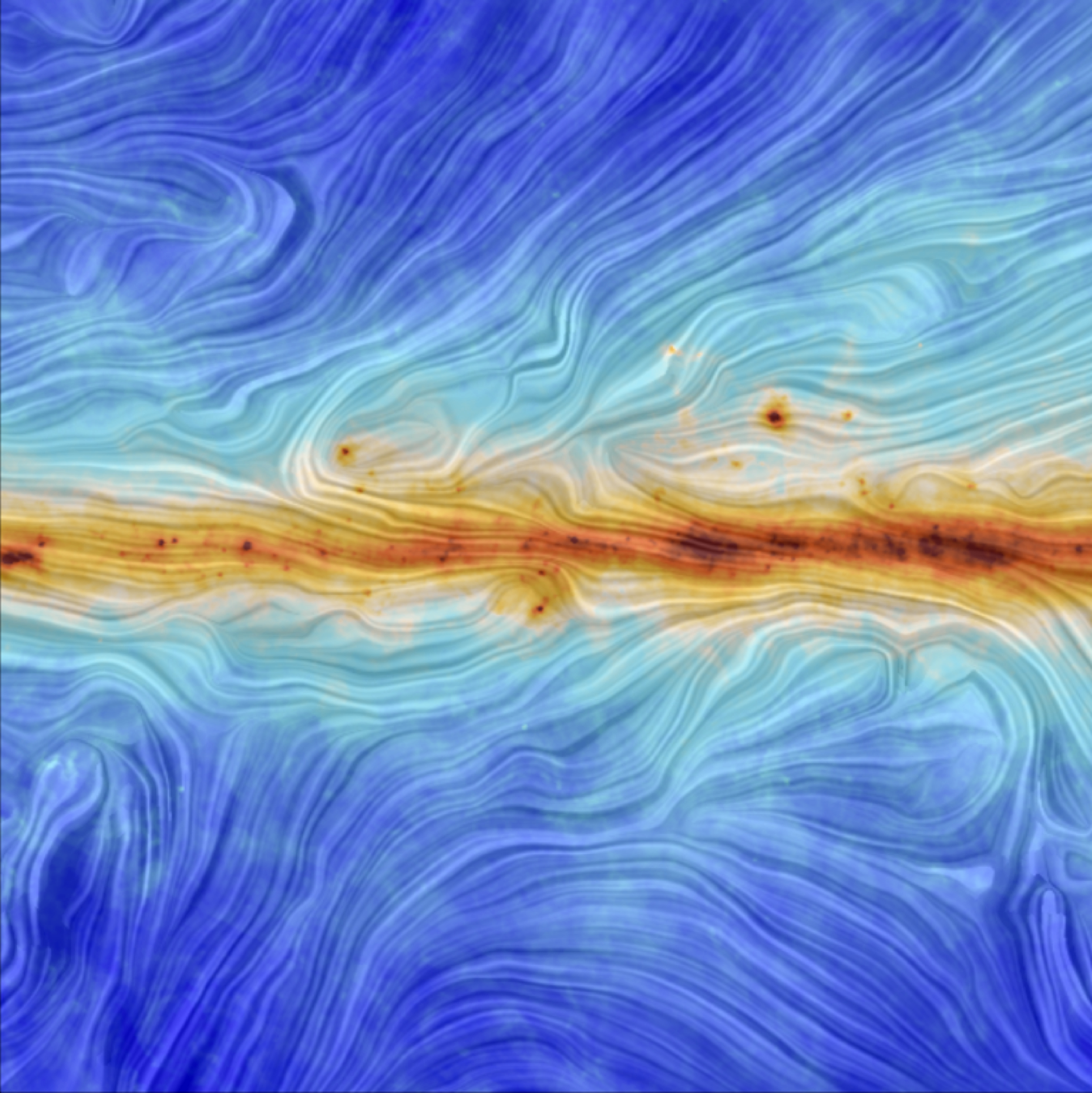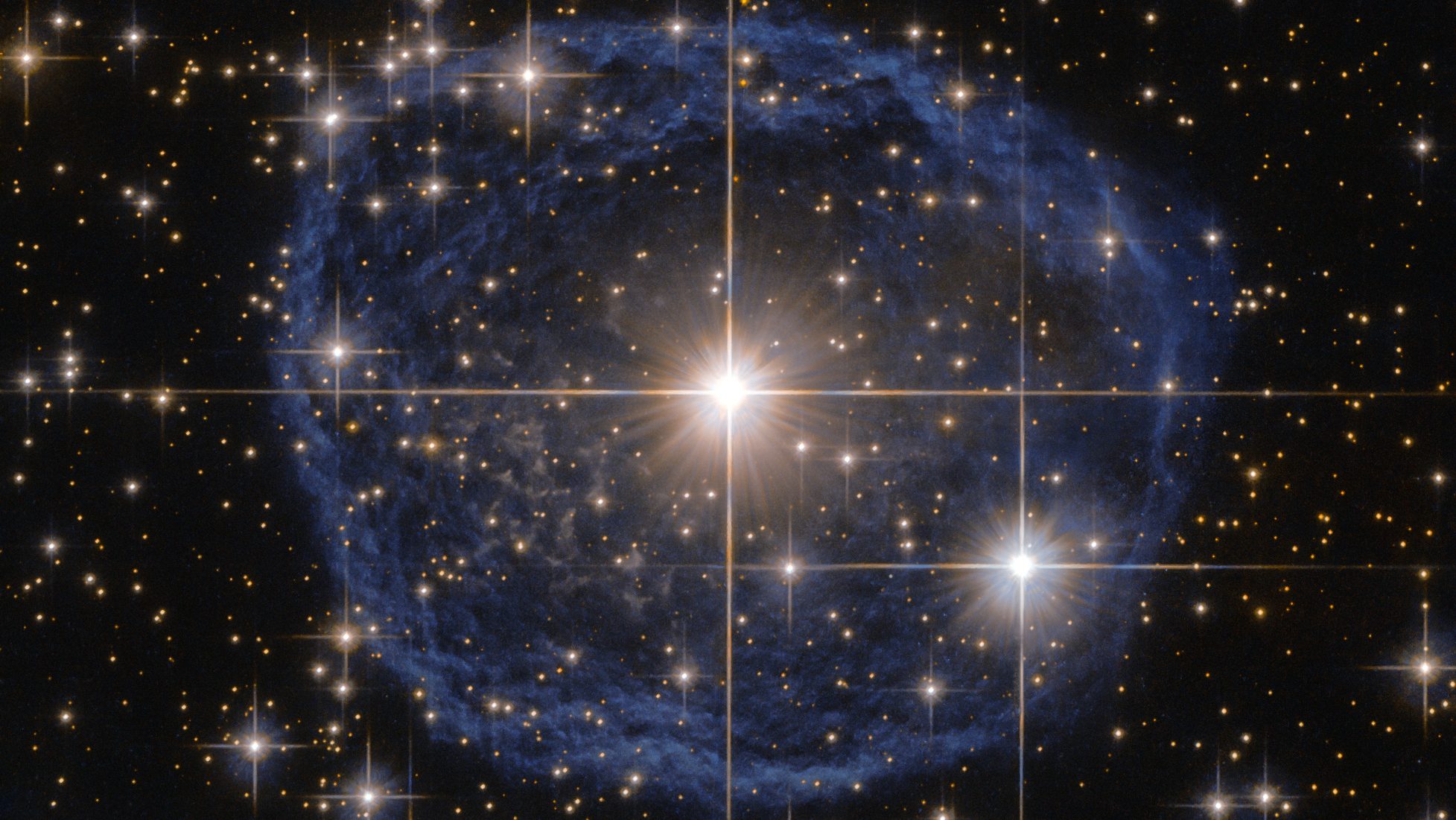Space & Astrophysics
Red dwarf stars were supposed to be inhospitable. But TOI-700, now with at least two potentially habitable worlds, is quite the exception.
JWST has seen more distant galaxies than any other observatory, ever. But many candidates for “most distant of all” are likely impostors.
Most of us have heard that the Sun is an ordinary, typical, unremarkable star. But science shows we’re actually anything but average.
The authors call it “wildly theoretical” — but let’s take a look, anyway.
Though a single measurement is not enough to definitively decide the debate, this is a major win for dark matter proponents.
Yes, dark energy is real. Yes, distant galaxies recede faster and faster as time goes on. But the expansion rate isn’t accelerating at all.
In 1920, astronomers debated the nature of the Universe. The results were meaningless until years later, when the key evidence arrived.
Quantum mechanics has taught us that even empty space contains energy. “Negative energy” is the state of having less energy than empty space.
As time goes on, dark energy makes distant galaxies recede from us ever faster in our expanding Universe. But nothing truly disappears.
2023 will see the launch of new rockets, the return of OSIRIS-REx, and a mission to Jupiter that could help us find extraterrestrial life.
In the grand scheme of the cosmic story, a single year isn’t all that significant. But over time, the annual changes really add up!
Since dark matter eludes detection, the mission will target sources of light that are sensitive to it.
In 2020, scientists took more than a kilo of moon rock and soil back to Earth for testing.
Ever since the Big Bang, cataclysmic events have released enormous amounts of energy. Here’s the greatest one ever witnessed.
These were the stories you clicked on the most.
All the things that surround and compose us didn’t always exist. But describing their origin depends on what ‘nothing’ means.
If aliens are driven mostly by biological imperatives, humanity could be in big trouble if we ever meet technologically advanced beings.
You can lead an overconfident chatbot to expert knowledge, but can it actually learn and assimilate new information?
2022 was a year full of scientific discoveries and the dawn of the JWST. But Hubble’s still going after 32 years. Here’s the amazing proof!
2022 was another busy year in the realm of science, with groundbreaking stories spanning space, materials, medicine, and technology.
As far as we know, it’s only happened once to one unlucky person in Oklahoma.
Dead whales inspire a way to find extraterrestrial life on Mars.
Particles are everywhere, including particles from space that stream through the human body. Here’s how they prove Einstein’s relativity.
There will always be “wolf-criers” whose claims wither under scrutiny. But aliens are certainly out there, if science dares to find them.
Leaving Hubble in the dust, JWST has officially seen a galaxy from just 320 million years after the Big Bang: at just 2.3% its current age.
The very dust that blocks our view of the distant, luminous objects in the Universe is responsible for our entire existence.
The most common element in the Universe, vital for forming new stars, is hydrogen. But there’s a finite amount of it; what if we run out?
We thought the Big Bang started it all. Then we realized that something else came before, and it erased everything that existed prior.
